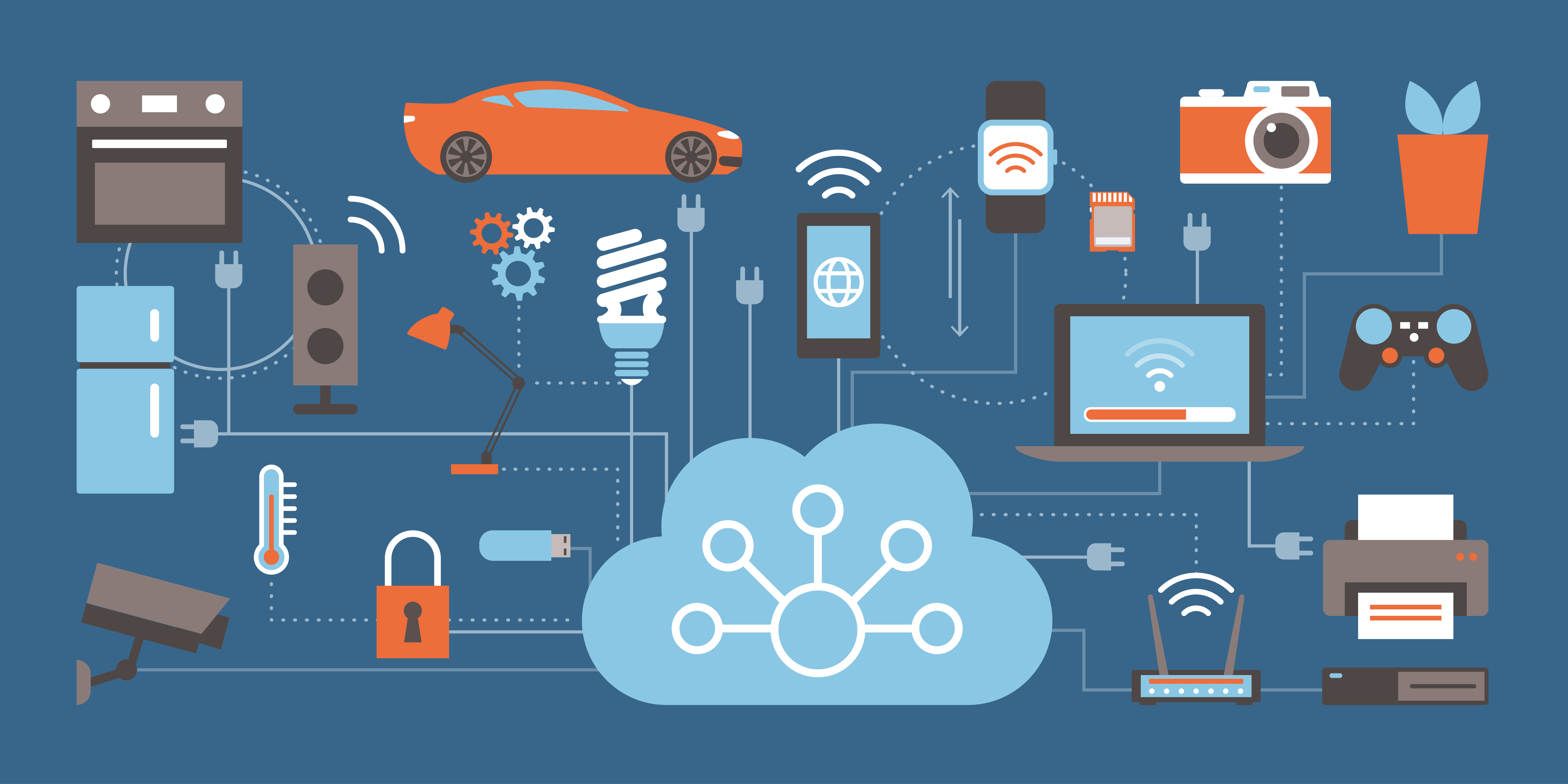According to Cisco, the number of connected devices worldwide will rise from 15 billion today to 50 billion by 2020. If that’s not convincing enough, due to growth of devices, solutions and IT services, global spending on Internet of Things (IoT) devices and services is estimated to grow to $1.7 trillion in 2020. The bottom line is that IoT devices are more than just a hot topic, they are here and will only continue to grow in prevalence and technology.
With that growth, come new concerns and potential issues. As we’ve discussed previously, chief among those issues is security. Security is both the key to the success, or failure, of the interconnectedness of IoT. And the key to a successful and secure system is open standards. Allowing public inspection of code and contribution of patches are the best way to ensure the triumph of IoT devices.
How big of an issue is security in regards to IoT devices? Well, one real-life example is when a connected car was hacked in mid-2015, just over a year ago. From the steering to the brakes and the engine, the hackers were in charge of everything about the car, including the passengers inside. Finding ways to keep connected devices safe from these types of incidents is a top priority for those working in the field.
A recent article outlining the security issues present with IoT devices points out the incredible need for open standards in security. It states, “With everything becoming connected through IoT, security will be key for IoT to be successful in the long term. IoT will continue to require better security solutions than what is currently available. The best way to secure a system is to allow anybody to inspect the code and contribute a patch. Closed source is just hiding potential issues, not making solutions more secure. Through open source more eyes can look at the code and solve any security issues.”
Through allowing open standards and open sourcing, the industry can accelerate the discovery process for the technology, create more ways to control cost, and find more ways to sell IoT devices globally.
In an earlier post on this blog, we discussed how open standards and open sourcing work together in telecomm. Security needs are another area where the two can come together to improve product interconnectivity. By working to ensure the cooperation and collective empowerment of IoT devices, they will work better, be more accessible and, perhaps most importantly, be safer. Do these benefits sound familiar? You may have read a version of them before in our Open Standards Principles.
Consider displaying a site badge or infographic on your website.

